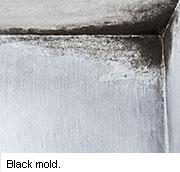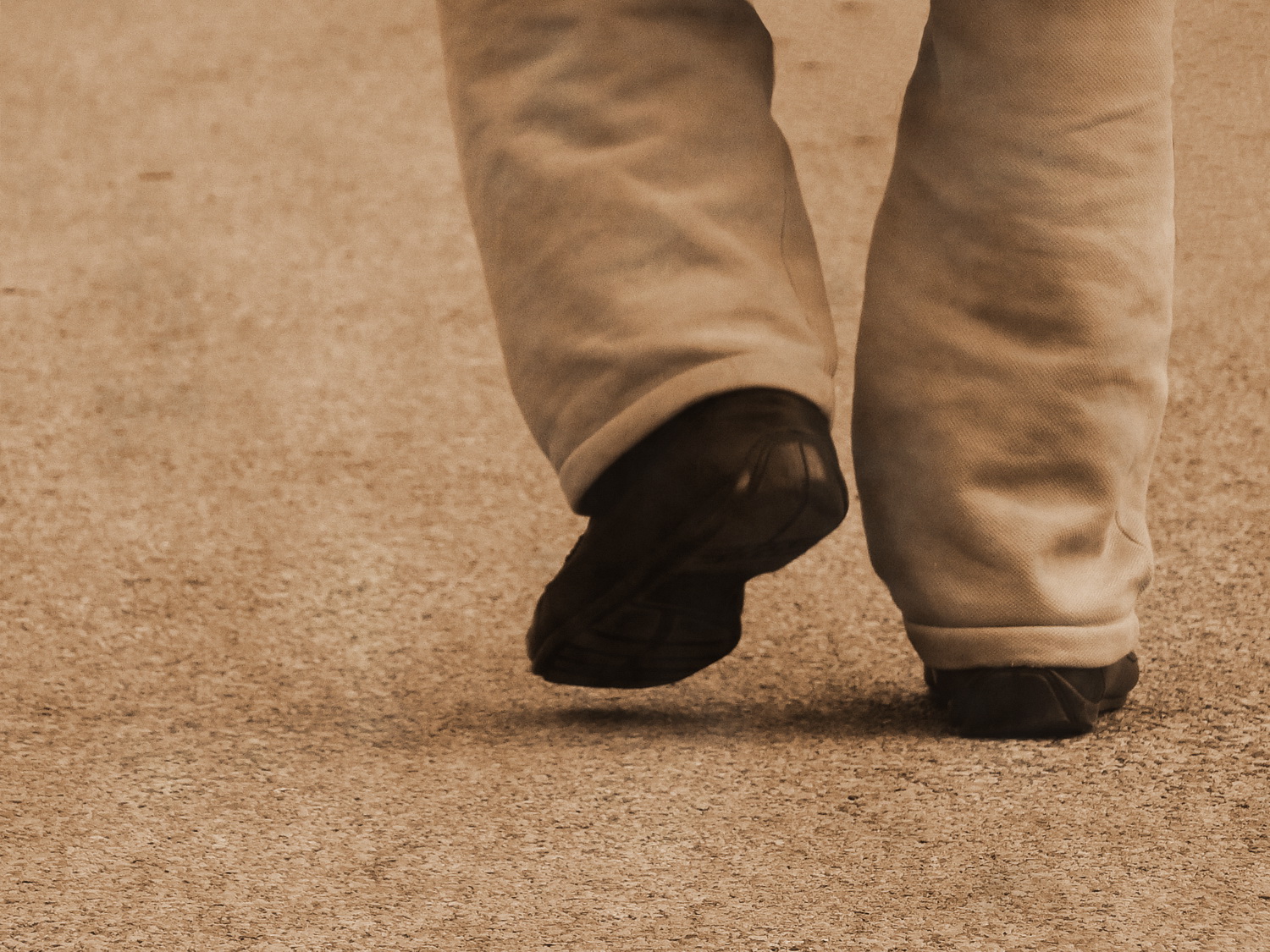
MONDAY, Feb. 16, 2015 (HealthDay News) — Children appear more likely to develop asthma if their living rooms, kitchens or bedrooms have mold or moisture damage, according to a new study.
Children were most susceptible to developing asthma with mold exposure during their first two years of life, or if they already had allergies. However, mold did not increase children’s risk of developing allergies in the first place.
“The most significant finding was that moisture damage with or without mold in the rooms where children are expected to spend most of their time is associated with increased asthma risk, and it appears to be permanent,” said lead researcher Anne Karvonen, a senior researcher in Finland’s National Institute for Health and Welfare.
In other words, children’s asthma continued through age 6, and visible mold in children’s bedrooms or living rooms presented the highest risk, she said.
Although the researchers found a strong association between mold exposure and children’s asthma, particularly for children who already have allergies, the study wasn’t designed to prove that mold caused the asthma.
The findings were published online Feb. 16 in the journal Pediatrics.
For the study, a trained civil engineer assessed nearly 400 children’s homes in Finland for moisture damage and mold when the children were around 5 months old. Nearly all the homes had some level of moisture damage or mold, and the engineer recorded the severity of the damage.
Then the parents filled out questionnaires regarding the children’s respiratory symptoms and any asthma or bronchitis diagnosed by a doctor at 1 year old, 18 months old, 2 years old and each year until age 6.
The researchers also tested children’s blood samples at ages 1 and 6 to determine if they had allergies to various environmental substances or foods.
Children were nearly five times more likely to develop asthma at some point by age 6 if moisture damage with mold existed in their bedrooms. The risk for kids with mold in their living room was 7.5 times higher, compared to no moisture damage. In kitchens, mold damage was up to 2.5 times more likely to be linked to asthma by age 6 compared to no mold, according to the study.
The risk for asthma was highest for 1-year-olds who tested positive for allergies compared to those with no allergies, the findings showed. However, children with a family history of allergies were not at any greater risk for asthma when exposed to mold than those with no allergies.
Meanwhile, the researchers did not find evidence that having moisture damage or mold increased children’s risk of having allergies at age 6.
“This study isn’t surprising but is significant because it supports what many providers have believed regarding mold and water damage, that it can negatively impact an infant’s or toddler’s lung health,” said Dr. Michael Lewis, the medical director of the pediatric inpatient unit at the University of Kansas Hospital.
He said that parents should contact their landlord if they discover moisture damage, and parents should ask potential landlords about a past history of mold or water damage before signing a lease.
“If your child has very difficult-to-control asthma symptoms despite being managed according to the National Heart, Lung, and Blood Institute guidelines, then your housing conditions should be considered as a possible reason causing your child’s asthma to be difficult to manage,” Lewis said.
Bathrooms should be well ventilated so that moisture on the walls and floor dry quickly, said Karvonen. But she said no evidence shows that products marketed to remove moisture from living rooms are effective in reducing asthma risk.
“Every sign of moisture damage should be taken seriously,” Karvonen said. “Parents should find out what caused it and renovate the damage properly and as soon as possible, and the reason should be handled so the damage doesn’t recur.”
Karvonen said the link between asthma and mold might be one reason for higher rates of asthma among lower-income children, but it’s not the only one.
Dr. Jennifer Appleyard, section chief of allergy at St. John Hospital in Detroit, said that looking at a home’s mold or moisture damage only shows parents a piece of the big picture.
“I think the really important point is that, yes, there are things children are exposed to that affect them then and later in life, whether at 6 years old or as an adult,” Appleyard said. “Mold is one of them, cockroaches are another, animals and cigarette smoke are others. All those different things contribute.”
Appleyard said she found it particularly interesting that exposure to mold did not increase children’s risk of allergies — even if they had a family history of allergies — but it did trigger asthma, and children who already had allergies had a higher risk of asthma.
“You can’t put a child in a bubble, and you can’t do something about genetics. But on the other hand, there are other things you can do to know about other exposures and limit those,” Appleyard said.
“The big one to me is smoking. There are so many things, and mold is just one aspect of it,” she said. “My take is not to be freaked out about mold but try to control what you can control, and work with your pediatrician on this — smoke avoidance, dust mite encasements, doing vaccinations — doing what you can.”
More information
Learn more about mold and controlling it from the U.S. Environmental Protection Agency.
Copyright © 2026 HealthDay. All rights reserved.

